What is an Employee Ownership Trust? – 10 key questions answered
If you need to know the basics about about Employee Ownership Trusts (EOTs), this blog is for you!
1 What is an Employee Ownership Trust?
An EOT is a type of employee benefit trust that holds shares for employees. EOTs will usually own most or all of the shares in a company. As a result, the company is owned – indirectly – by its employees.
2 What are the main advantages?
An EOT provides a clear framework for employee ownership, but it also has specific tax advantages:
- Shareholders who sell all or most of their shares to an EOT pay no capital gains tax on the sale.
- A company that is owned by an EOT can pay income tax free bonuses to its employees. Each employee can get a bonus worth up to £3,600 each year.
There is also evidence that employee owned businesses outperform other businesses in a variety of ways. For example, a recent report from the Employee Ownership Association found that companies that are employee owned are between 8% and 12% more productive than non-employee owned businesses.
3 Why use an EOT?
The main reasons business owners use an EOT is if they’re thinking about selling their company or retiring. However they don’t want to see their business taken over by a third party – or even wound up.
Selling to an Employee Ownership Trust can provide a long term succession solution. An EOT can deliver reward for employees, protect the founders’ legacy, and preserve the company’s culture.
The process can also be a quicker, cheaper and less stressful alternative to a traditional third party sale.
4 When do I get paid?
Typically, the EOT pays an initial amount to the sellers. This is often based on the available cash in the company.
The rest of the sale price is paid out of the company’s post-tax profit. This usually takes between 6 and 8 years.
5 How do I know what my company is worth?
The valuation and the timing of payments is subject to the company’s future profitability, so it’s important to carry out some modelling before deciding on the EOT route.
We usually recommend carrying out a feasibility study first. This will make sure that the EOT is the best approach for you, your employees, and the company. The feasibility study will include financial modelling and an initial valuation.
Buyers will get a formal valuation agreed with an independent valuer as part of the transaction process.
6 How does the transaction work?
In brief summary, you’ll need to do the following:
- set up an EOT Trust, including appointing trustees;
- obtain a formal independent valuation for the company;
- ask HM Revenue & Customs for a tax clearance;
- put in place the legal documents for the EOT to buy the shares. These include the Share Purchase Agreement, which will incorporate a repayment schedule.
7 Will the employees run the company?
No. The EOT holds shares on behalf of the employees, and will be the largest (or only) shareholder in the company.
However, a shareholder is not responsible for running the company on a day to day basis, which will still be the job of the directors.
Nonetheless, the trustees must always act in the best interests of the employees. It is also accepted best practice for EOT companies to have arrangements in place for employee engagement and have a voice in the way the company operates. Listening to employees can have a positive influence on the company’s performance and future success.
8 If I have sold my company to an EOT, can I remain as a director?
You will need to consider the make up of your directors as part of any succession planning. However, some sellers choose to remain on the board after they have sold to the Employee Ownership Trust. This can help you manage your succession plan according to your own timetable and can also help ensure the company stays on track to pay the sellers.
9 Who are the trustees of the EOT?
There will usually be between 3 and 5 trustees of the EOT, depending on the size of the business. A typical 3 person board might include a seller, an employee and an independent person. The independent trustee could be an accountant or trusted professional adviser.
It is important that there is not a majority of sellers on the trust board.
10 How do I find out more about EOTs?
As well as visiting our website, you can find out more from the Employee Ownership Association.
If you’d like to speak to an expert, in confidence, about setting up an Employee Ownership Trust, please contact us on enquiries@rm2.co.uk. One of our consultants will be happy to arrange a call with you.


